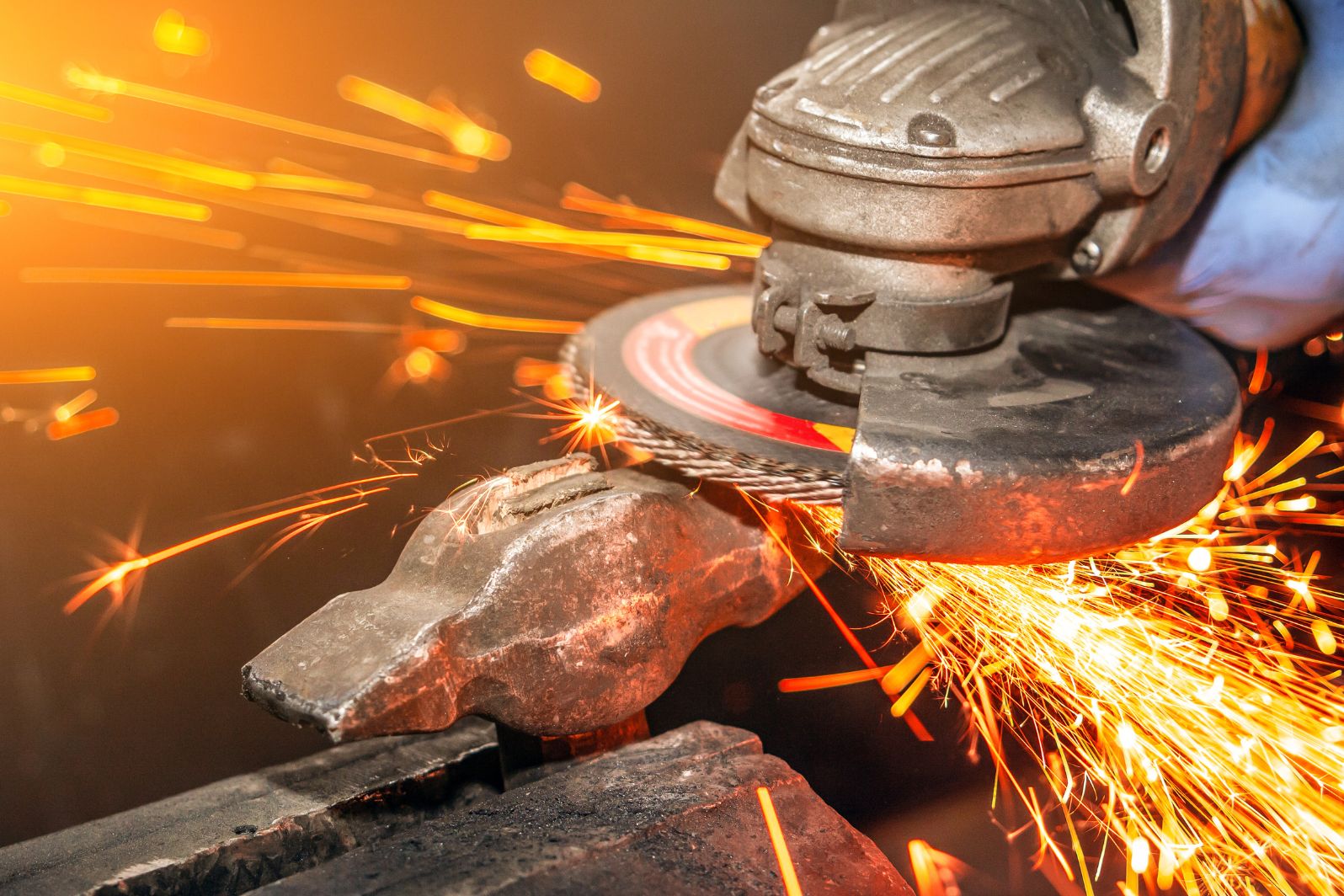When it comes to metalworking, having the right tools is crucial for achieving the desired results. One such tool that is commonly used in metalworking is the vitrified grinding wheel.
Vitrified grinding wheels are made from a combination of abrasive grains and a bonding agent, which is typically a type of clay. These wheels are known for their durability, precision, and ability to withstand high temperatures.
However, with so many options available in the market, selecting the best vitrified grinding wheel for your metalworking needs can be a daunting task.
In this article, we will discuss the key factors to consider when choosing a vitrified grinding wheel, so you can make an informed decision and achieve the best possible results in your metalworking projects.
1. Material Type
One of the most important factors to consider when selecting a vitrified grinding wheel is the type of material you will be working with. Different materials have different hardness levels, and each requires a specific type of grinding wheel.
For example, if you are working with soft materials such as aluminum or copper, a wheel with a softer grade and a coarser grit size would be more suitable.
On the other hand, if you are working with hard materials such as stainless steel or cast iron, a wheel with a harder grade and a finer grit size would be more appropriate.
Therefore, it is essential to identify the type of material you will be working with before choosing a vitrified grinding wheel.
2. Wheel Shape and Size
The shape and size of the grinding wheel also play a crucial role in its performance and efficiency. Vitrified grinding wheels come in various shapes, including flat, cup, and dish shapes, each designed for specific applications.
Flat wheels are commonly used for surface grinding, while cup and dish wheels are more suitable for contour grinding. Additionally, the size of the grinding wheel should be chosen based on the size of the workpiece and the specific application. A larger wheel allows for more surface area contact, resulting in faster material removal, while a smaller wheel provides more precision and maneuverability. Therefore, consider the shape and size of the grinding wheel based on your specific metalworking needs.
3. Grit Size
The grit size of a vitrified grinding wheel refers to the size of the abrasive grains used in the wheel. It determines the surface finish and material removal rate during the grinding process.
Grinding wheels with a coarse grit size (such as 20 or 30) are suitable for rough grinding and removing large amounts of material. On the other hand, wheels with a finer grit size (such as 120 or 180) are more suitable for finishing and achieving a smooth surface finish.
It is important to choose the right grit size based on the desired surface finish and material removal rate. Keep in mind that using a grit size that is too coarse or too fine for the application can result in poor performance and premature wear of the grinding wheel.
4. Wheel Grade
The grade of a vitrified grinding wheel refers to the hardness of the wheel bond. It determines the wheel’s ability to withstand cutting forces and heat generated during the grinding process.
The grading system for vitrified grinding wheels ranges from A to Z, with A being the softest and Z being the hardest. Softer grade wheels are more suitable for grinding hard materials, as they allow for more self-sharpening and less heat generation.
Harder grade wheels, on the other hand, are more suitable for grinding soft materials, as they provide better form retention and less wheel wear. It is important to choose the right grade of wheel based on the material hardness and the specific grinding application.
5. Wheel Speed
The speed at which the grinding wheel rotates is another important factor to consider. Different materials and grinding processes require different wheel speeds for optimal performance.
Operating the wheel at a speed that is too high can result in excessive heat generation and premature wear, while operating it at a speed that is too low can result in poor material removal and inefficient grinding.
It is important to consult the manufacturer’s recommendations and guidelines to determine the appropriate wheel speed for your specific application. Additionally, make sure that the grinding machine you are using is capable of achieving the required wheel speed.
6. Safety Considerations
When selecting a vitrified grinding wheel, it is essential to consider safety as a top priority. Grinding wheels operate at high speeds and can cause serious injuries if not used correctly.
Therefore, it is important to choose a wheel that is properly balanced and free from defects or damage. Inspect the wheel before each use and replace it immediately if you notice any cracks, chips, or signs of wear.
Additionally, make sure to wear appropriate personal protective equipment (PPE) such as safety glasses, gloves, and a face shield when operating the grinding machine. Following proper safety precautions will help prevent accidents and ensure a safe working environment.
Conclusion
Choosing the best vitrified grinding wheel for your metalworking needs involves considering several key factors, including the material type, wheel shape and size, grit size, wheel grade, and wheel speed. By taking these factors into account and following proper safety precautions, you can select a grinding wheel that is suitable for your specific application and achieve the desired results in your metalworking projects.



